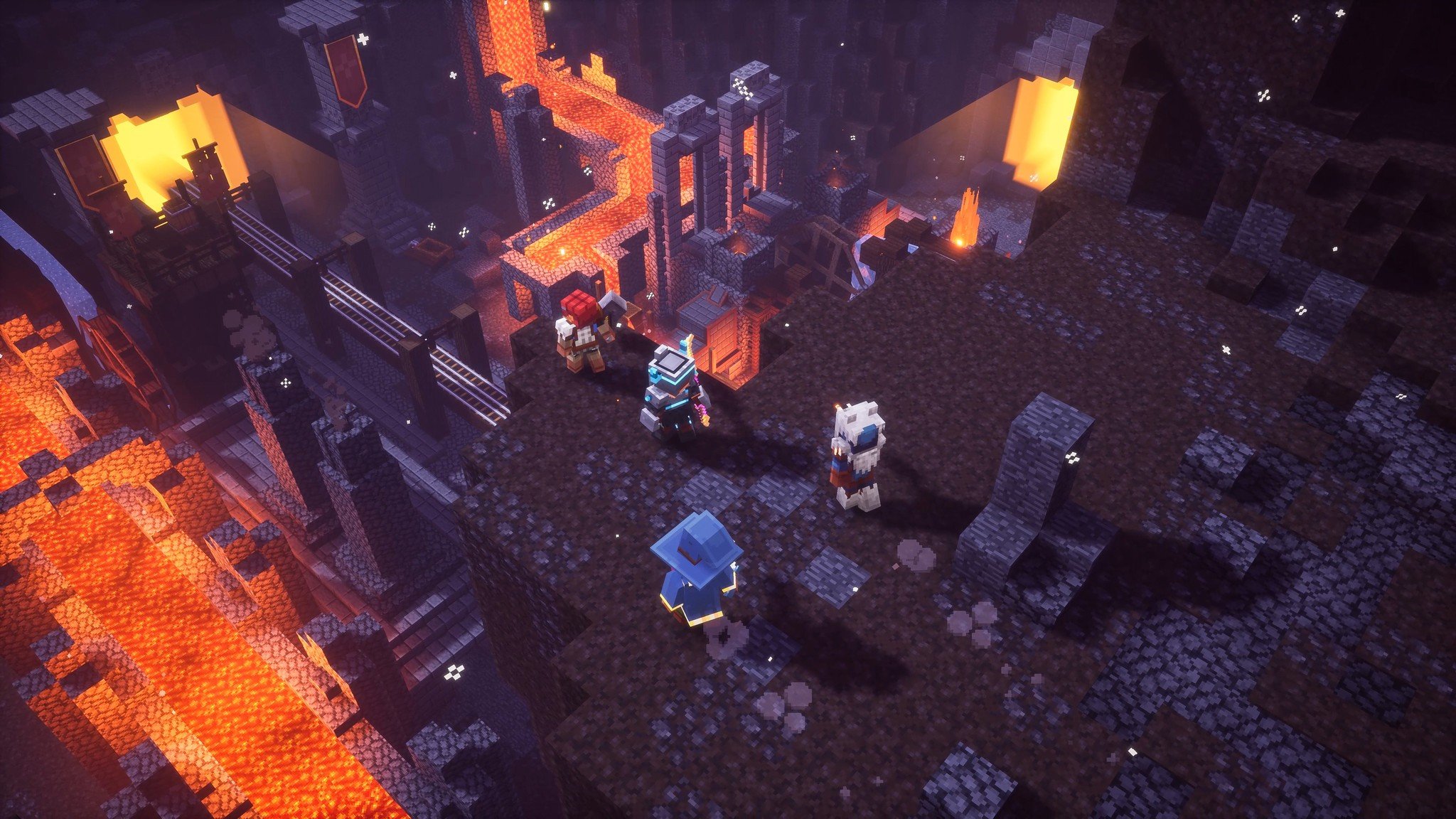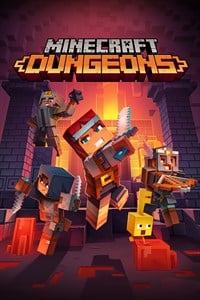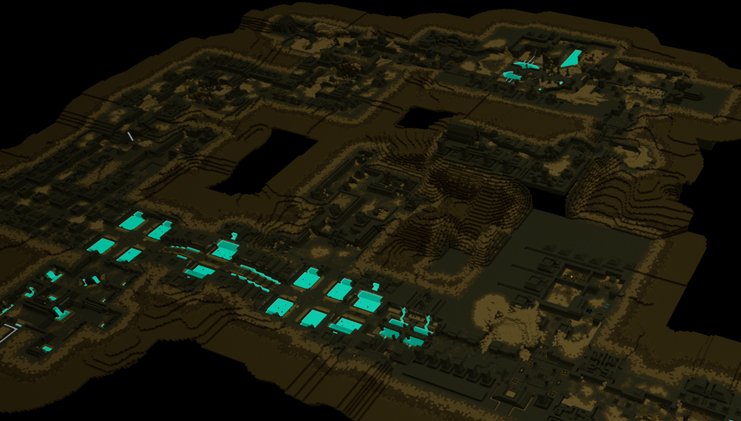Minecraft Dungeons' level designers talk about creating a procedurally generated world
Giving everyone different worlds, but the same great experience.

What you need to know
- Minecraft Dungeons is an upcoming third-person dungeon crawler and looter, similar to Diablo.
- It features procedurally generated levels that change in every playthrough, making the game more dynamic.
- Level designers Laura de Llorens and Christian Berg discuss the whole process in an interview.
- The interview sheds a lot of light on how Minecraft Dungeons was designed, and what to expect.
We're all waiting with baited breath for Minecraft Dungeons to finally come out on May 26, 2020, but until then tidbits of information will have to suffice. Today, the official Minecraft blog released an interview between two level designers for Dungeons, Laura and Christian. The two designers spoke in-depth about how they designed the various levels in the game, and how everything fits together.
Unlike normal Minecraft, which is generated block by block, Dungeons is generated room by room. This ensures that every fits together nicely, and there's a general sense of cohesion as you move through levels. How Mojang designs these rooms is rather special though. Apparently, all of the levels in Minecraft Dungeons was actually designed in vanilla Minecraft!
The team at Mojang has access to a special "super-Creative Mode" with additional tools, markers and brushes that lets them create much faster and with more versatility than normal. They design individual rooms in Minecraft, try them out in third-person in Dungeons, and double-check to make sure everything flows together, and the player's view isn't being obstructed by any of their designs.
While many rooms are randomly generated throughout the levels of Minecraft Dungeons, there are also ones that are fixed and never change. These rooms serve as landmarks, or set pieces, meant to create red threads for every mission – a good thing if you ask Laura and Christian, as procedurally generated content needs boundaries.
The level designers also made sure that players always had a sense of where to go in every level, and that they could easily recognize different landmarks to track their progress. For this reason, there's always a map that players can access, as well as yellow arrows indicating their next objective. In story levels, there are also "landmark" rooms that are always present, and aren't procedurally generated like the rest of the map. These create a common thread that players can follow, even if they're lost.
This also means that bonus or secret levels are often more chaotic and messy, because these landmark rooms aren't necessary for them! You've been warned.
Finally, the interview talks about how mobs are generated in these seemingly random levels, and the answer is that appropriate mobs are assigned to the different rooms, so you'll only ever run into mobs that make sense for whatever room you're in. Beyond that, the game is smart enough to know a player's power level, how far they've progressed, and if they have any friends helping them out, and decide how many mobs and at what strength is correct.
The interview is a fascinating insight into how this exciting game was created. If you want to check out the full interview, you can find it here. Otherwise, sit tight and wait with all of us for this game to finally come out!
All the latest news, reviews, and guides for Windows and Xbox diehards.

Minecraft grows up and and reaches out.
Minecraft Dungeons is the next saga in Minecraft's story, and it looks like Mojang and Microsoft are hitting another one out of the park. Minecraft Dungeons combines the familiar world we all grew up on with an injection of Diablo, a whole lot of fun. Available on every platform you're on, for a ridiculously tempting price, what's not to love?
Xbox
Main

Zachary Boddy (They / Them) is a Staff Writer for Windows Central, primarily focused on covering the latest news in tech and gaming, the best Xbox and PC games, and the most interesting Windows and Xbox hardware. They have been gaming and writing for most of their life starting with the original Xbox, and started out as a freelancer for Windows Central and its sister sites in 2019. Now a full-fledged Staff Writer, Zachary has expanded from only writing about all things Minecraft to covering practically everything on which Windows Central is an expert, especially when it comes to Microsoft.

